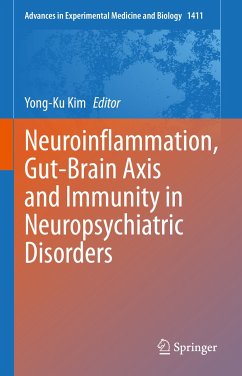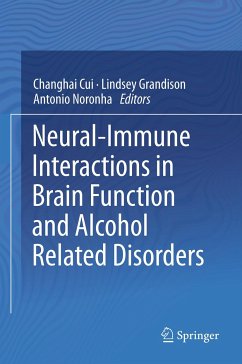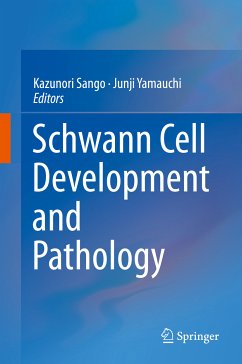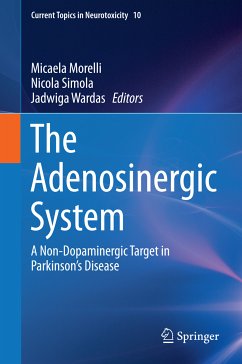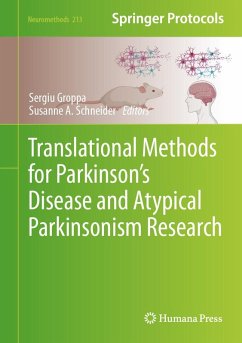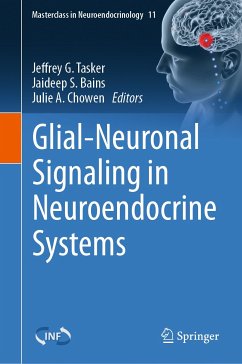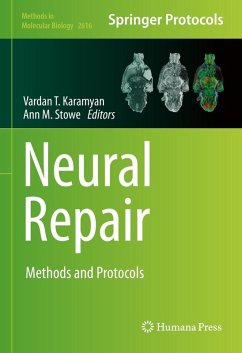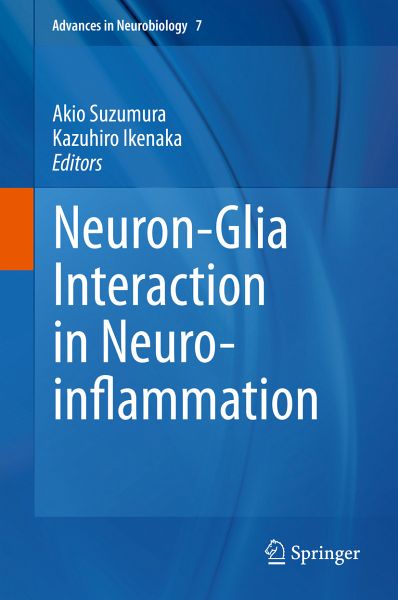
Neuron-Glia Interaction in Neuroinflammation (eBook, PDF)
Versandkostenfrei!
Sofort per Download lieferbar
136,95 €
inkl. MwSt.
Weitere Ausgaben:

PAYBACK Punkte
68 °P sammeln!
Accumulation on glia is an active pathological element in many neurological disorders. Gliosis produces neuroinflammation through both neurotrophic and inflammatory means, but the exact mechanism through which this happens remain unclear. It is suspected that damage to neurons activates the growth of glial cells. The proposed book focuses on the interaction between neurons and glia to help elucidate the pathophysiology of neuroinflammation in neurological disorders.¿
Dieser Download kann aus rechtlichen Gründen nur mit Rechnungsadresse in A, B, BG, CY, CZ, D, DK, EW, E, FIN, F, GR, HR, H, IRL, I, LT, L, LR, M, NL, PL, P, R, S, SLO, SK ausgeliefert werden.





